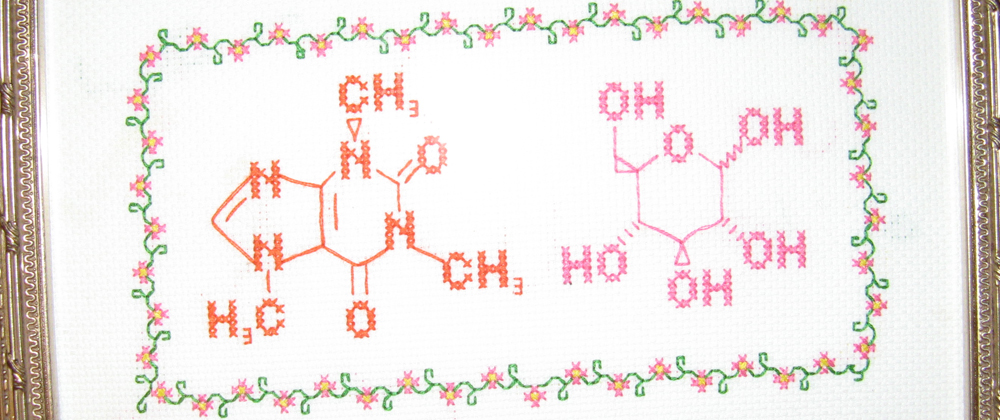I think that better public understanding of science (and in particular of the processes by which scientific knowledge is built) is a good thing.
I’m persuaded that one way public understanding of science might be enhanced is through projects that engage members of the public, in various ways, in building the knowledge. Potentially, such “citizen science” initiative could even help develop some public good will for traditional science projects.
But, I think there’s a potential for engagement with the public to go very wrong.
This is especially true in situations in which there’s not a clear line between the citizen-as-participant-in-knowledge-building and the citizen-as-human-subject (who is entitled to certain kinds of protection — e.g., of autonomy, of privacy, from various kinds of harms), and even more so in cases where the citizen scientist-cum-human subject is also a customer of the entity conducting the research.
And, while it may not be the case that heightened ethical oversight (e.g., from an Institutional Review Board) is necessary in cases where the citizen science project is not aimed at publishing results in the scientific literature or bringing a medical product or device to market, it strikes me that scientists engaging with members of the public (citizen scientists-cum-human subjects-cum-customers) might do better to lean on the side of more ethical consideration than less, of more protection of human subjects rather than “caveat emptor”.
Indeed, scientists engaging with members of the public to build the knowledge might be well served to engage with those members of the public in a consideration of the ethics of the research. This could be an opportunity to model how it should be done, not simply what you can get away with under the prevailing regulations. It could also be an opportunity for researchers to listen to the members of the public they’re engaging rather than simply treating them as sources of specimens, funding, and free labor.
Playing fast and loose with ethics in projects that engage citizen scientists-cum-human subjects-cum-customers could have blowback as far as public attitudes toward science and scientists. I suspect such blowback would not be limited to the actual researchers or organizations directly involved, but also to other researchers with citizen science projects (even ethically well-run ones), and probably to scientists and scientific organizations more broadly.
In other words, the scientific community as a whole has an interest in the purveyors of this kind of citizen science getting the ethical engagement with the public right.
* * * * *
These general musings were sparked by more specific questions raised about a specific commercial citizen science project in two posts at The Boundary Layer. Click through and read them.
UPDATE: And Comrade PhysioProf weighs in.
















